
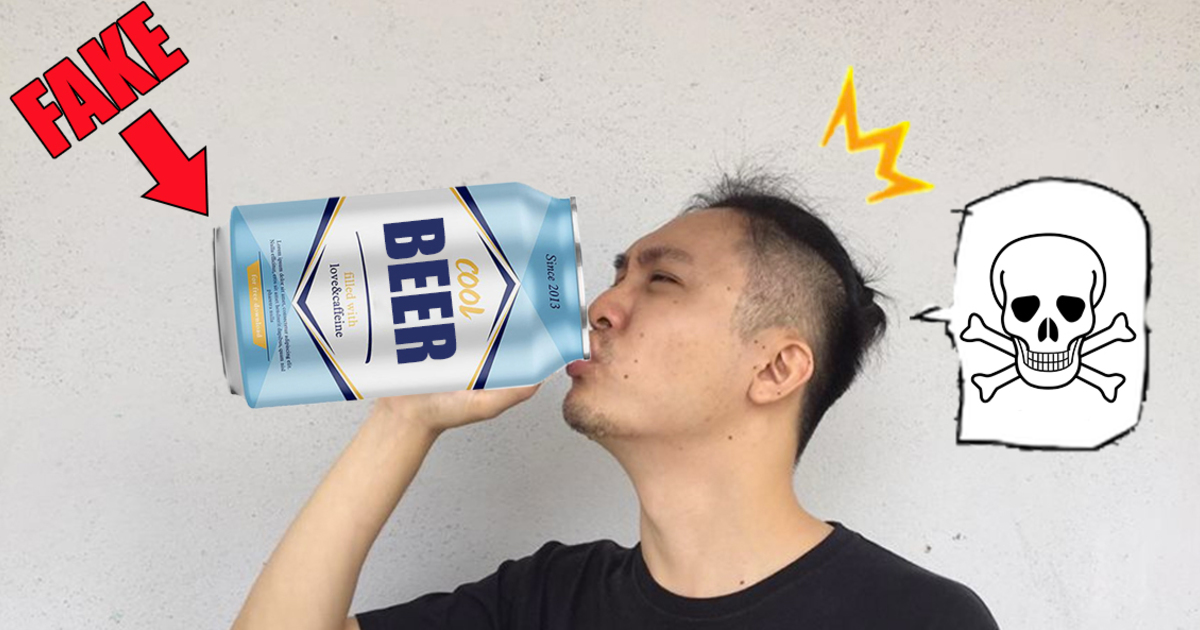
Consumer,General
What’s “illegal alcohol” according to Malaysian law, and what makes it dangerous?
over 6 years ago JS LimExcept for religious or personal reasons, you probably enjoy a stiff drink from time to time, having a relaxing time with friends and family - so the last thing you want is someone getting sick because you bought illegal alcohol.
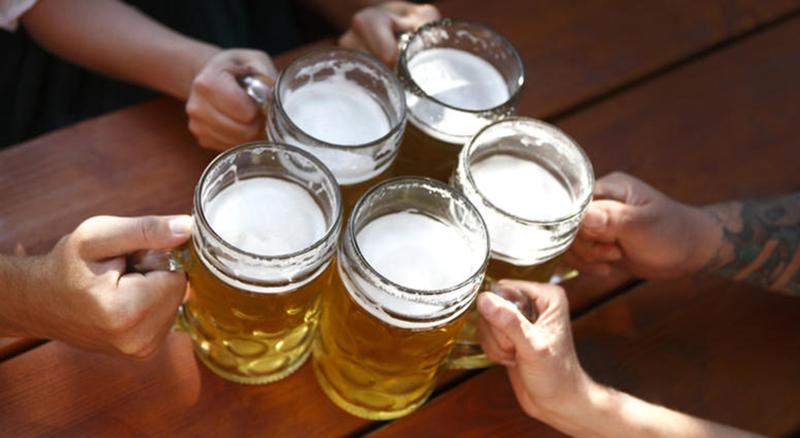
These illegal alcohols are usually really cheap unknown brands, or might look like a super cheap deal on your favourite brand from some dodgy-looking shop. The problem with these bargains is as with many things: what looks too good to be true usually is.
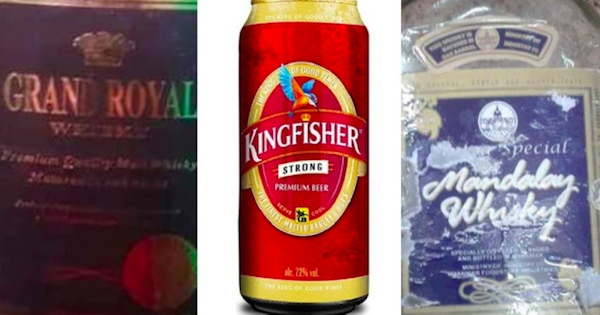
This was exactly what happened to 51 men as of 5pm on 18 September 2018, who had consumed the alcohol brands Mandalay Whiskey, Kingfisher Beer, and Grand Royal Whiskey which were bought from several stores in Klang Valley. Health director-general Datuk Dr Noor Hisham Abdullah expects more cases as other people who bought those brands come in for treatment.
But uhh… What makes an alcohol “illegal” in the first place?
Illegal alcohol is toxic and can kill you
The main problem with a lot of cheap alcohol is that they are homebrewed or made by unlicensed distilleries. This is because they either manufacture toxic alcohol, or refill and repackage well known brands with either a cheap version or just a mixture of water, alcohol, and fragrances.
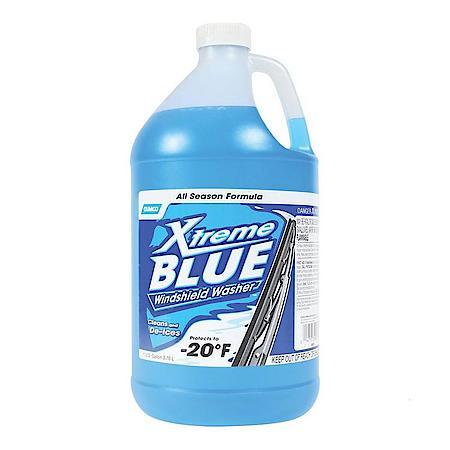
The chemical in question added to those brews is methanol, a type of alcohol that is sweeter than the usual ethanol alcohol we find in alcoholic beverages, but also extremely toxic. Methanol is actually naturally found in fruit juices (because of a chemical called pectins that are found in certain fruits), and distilled spirits like beer, whiskey, and wine.
But there is only so little methanol in, say apple juice which has about 0.2%, so 250ml of apple juice would only contain 0.5ml of methanol - hardly anything at all. Even an average wine may only contain between 0.0041% to 0.02% methanol. For reference, legit alcohols from breweries will contain trace amounts of methanol, while distilleries do as their name suggests and distil the methanol out of their drinks.
The problem begins when you drink enough to reach the average lethal dose for methanol, which is about 2ml per kg of your body weight. So if you were 50kg, you would need to drink 100ml of methanol to die from it - which is...200 litres of apple juice…That’s more than double the amount of fluid you have in your body right now.
In other words, illegal alcohols contain much higher amounts of methanol, which can cause headaches, dizziness, and even blindness among other symptoms, and of course, death as well.
There are regulations for how alcohol is made and what it contains
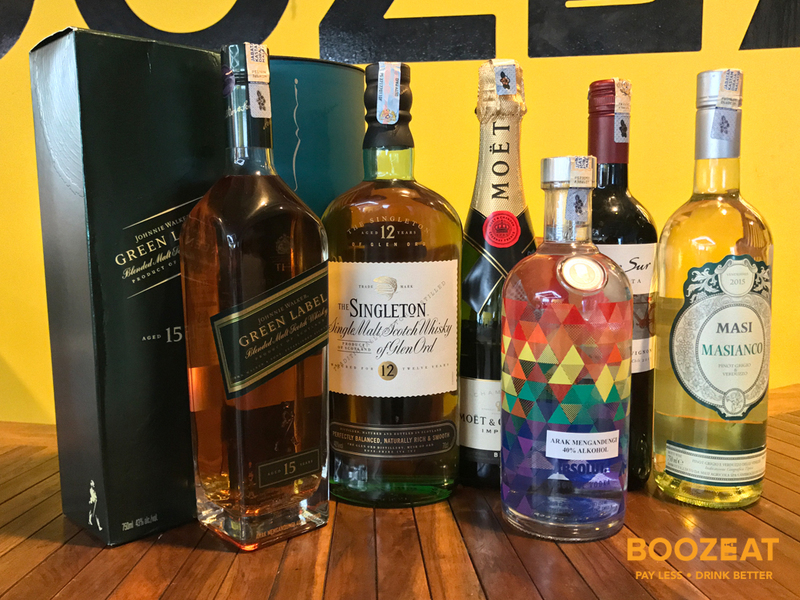
Our Food Regulations 1985 have details on how each type of alcoholic drink should be made, and what types of chemicals are permitted inside them. There are also some specifications for what products can be called, for example, wine can only be labelled “wine” if it complies with the regulations on what a wine should contain, and a wine can only be called “sparkling” if the carbon dioxide bubbles were only from its fermentation (and not added later on).
Anyone who sells food or drinks which don’t comply with the Food Regulations 1985 commits an offence under Section 14 of the Food Act 1983:
The penalty is up to 5 years in prison and/or a fine.
Since we’re talking about the toxic methanol as well, Section 13 can apply as well, which involves the selling of food that is poisonous, harmful, or otherwise injurious to health. The penalty under this section is much higher at up to a RM100,000 fine and or up to 10 years of jail. We technically could involve Sections 13A(2) and Section 13B as well, but that’s a bit too much detail to get into. Basically, they involve selling food that is unfit for human consumption, and selling adulterated food respectively (mixed with substances that aren’t supposed to go in).
But how do you tell if it’s illegal without drinking it?
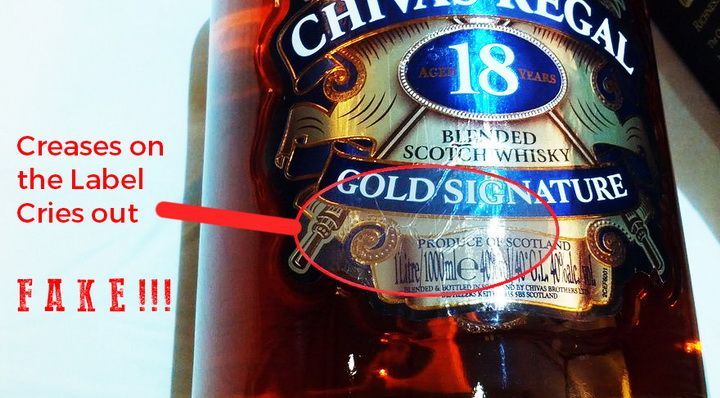
Incidents of “bootleg” alcohol which contain toxic substances are a persistent problem, Indonesia also faced this issue where almost a hundred people died from drinking the cheap stuff. There’s no surefire way to tell how much methanol a drink contains without sending it to a lab for analysis, but it’s not that difficult to identify dodgy items and avoid them.
-
Only buy your alcohol from reputable dealers like major supermarkets, and licensed retailers (online ones as well).
-
Look out for strange “discounts” on well known brands. You’re not going to find a legit RM50 Hibiki whiskey out there.
-
Check the labels for mistakes and irregularities like typos, slanted labels, bits of glue hanging off the edges, and creases. These will be telltales signs of an illegal repackaging operation.
-
Another big flag is the seal on the bottle. The caps and/or corks should be sealed tight and intact, and have a duty-paid hologram stamp from Malaysian Customs. Tampered bottles will have caps that look like they’ve been opened before or might not even match the bottle.
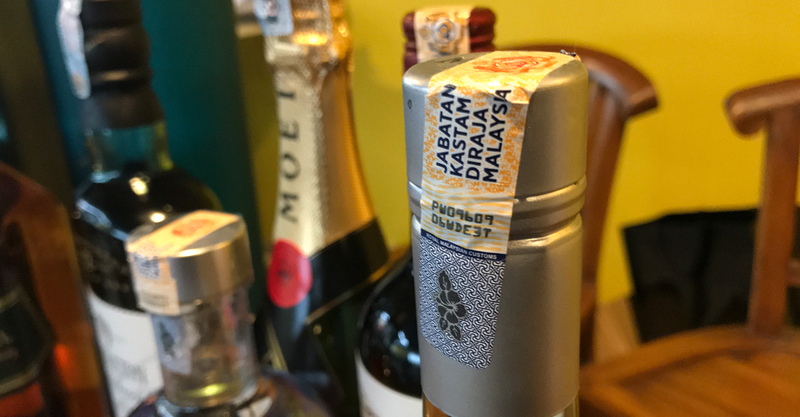
-
If you’re familiar with what a drink should smell and taste like, look out for strange aromas that smell like detergent or petrol, and differences in taste. Return any of these bottles you encounter, and/or report them to the Ministry of Domestic Trade and Consumer Affairs.
Jie Sheng knows a little bit about a lot, and a lot about a little bit. He swings between making bad puns and looking overly serious at screens. People call him "ginseng" because he's healthy and bitter, not because they can't say his name properly.